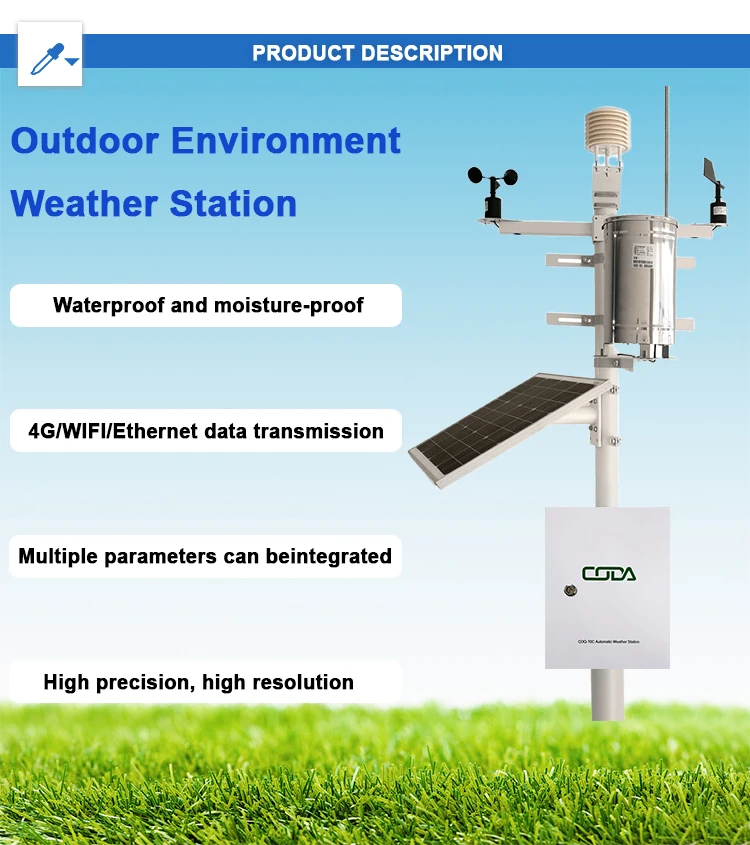
# Advantages and Disadvantages of Automatic Weather Stations
## Introduction
Automatic Weather Stations (AWS) have revolutionized the way we collect and analyze meteorological data. These systems provide real-time weather information without the need for constant human intervention. While they offer numerous benefits, they also come with certain limitations. This article explores both the advantages and disadvantages of AWS to help you understand their role in modern weather monitoring.
## Advantages of Automatic Weather Stations
### 1. Continuous Data Collection
One of the primary advantages of AWS is their ability to collect data 24/7 without interruption. Unlike manual stations that require human operators, AWS can operate autonomously, ensuring a steady stream of accurate weather data.
### 2. High Accuracy and Precision
Modern AWS are equipped with advanced sensors that provide highly accurate measurements of various weather parameters, including temperature, humidity, wind speed, and precipitation. This precision is crucial for weather forecasting and climate research.
### 3. Remote Accessibility
AWS can be installed in remote or hard-to-reach locations, allowing meteorologists to gather data from areas that would otherwise be inaccessible. This capability is particularly valuable for monitoring weather in deserts, mountains, or oceans.
### 4. Cost-Effective in the Long Run
While the initial setup cost of an AWS can be high, the long-term savings are significant. AWS reduce the need for manual labor and can operate for extended periods with minimal maintenance, making them a cost-effective solution for continuous weather monitoring.
### 5. Real-Time Data Transmission
Many AWS are equipped with wireless communication systems that transmit data in real-time to central databases. This feature is essential for timely weather updates and early warning systems for severe weather events.
## Disadvantages of Automatic Weather Stations
### 1. High Initial Costs
The upfront cost of purchasing and installing an AWS can be prohibitive for some organizations. High-quality sensors, communication equipment, and installation services contribute to the overall expense.
### 2. Maintenance Requirements
Although AWS require less maintenance than manual stations, they are not entirely maintenance-free. Sensors need regular calibration, and equipment may require repairs or replacements over time, which can be costly and time-consuming.
### 3. Vulnerability to Environmental Damage
AWS are often exposed to harsh weather conditions, which can lead to sensor degradation or complete system failure. Extreme temperatures, heavy rainfall, or strong winds can damage sensitive components.
### 4. Data Gaps Due to Technical Failures
Technical malfunctions, such as power outages or communication failures, can result in data gaps. Unlike manual stations where operators can quickly identify and rectify issues, AWS may experience prolonged downtime before problems are detected and resolved.
### 5. Limited Human Oversight
The lack of human oversight means that anomalies or errors in data collection may go unnoticed for extended periods. While AWS are highly reliable, they are not infallible, and occasional manual verification is still necessary.
## Conclusion
Automatic Weather Stations offer numerous advantages, including continuous data collection, high accuracy, and remote accessibility, making them indispensable tools for modern meteorology. However, their high initial costs, maintenance requirements, and vulnerability to environmental damage are notable drawbacks. Understanding these pros and cons is essential for organizations considering the adoption of AWS for weather monitoring and research.